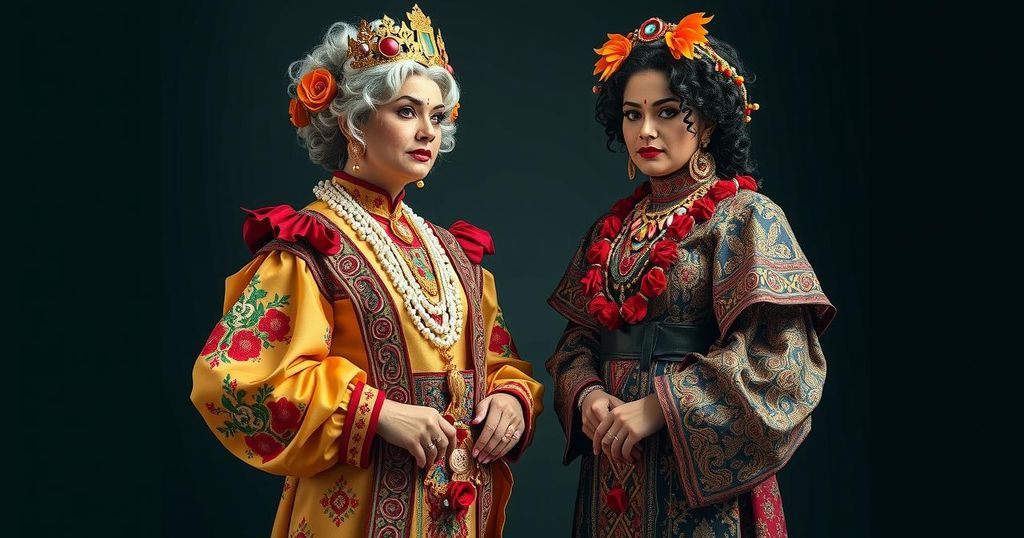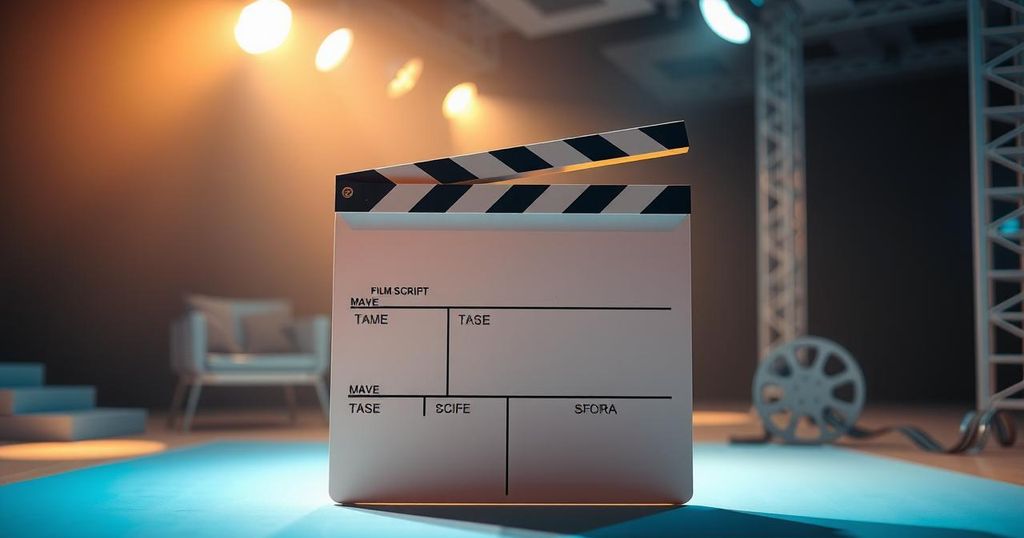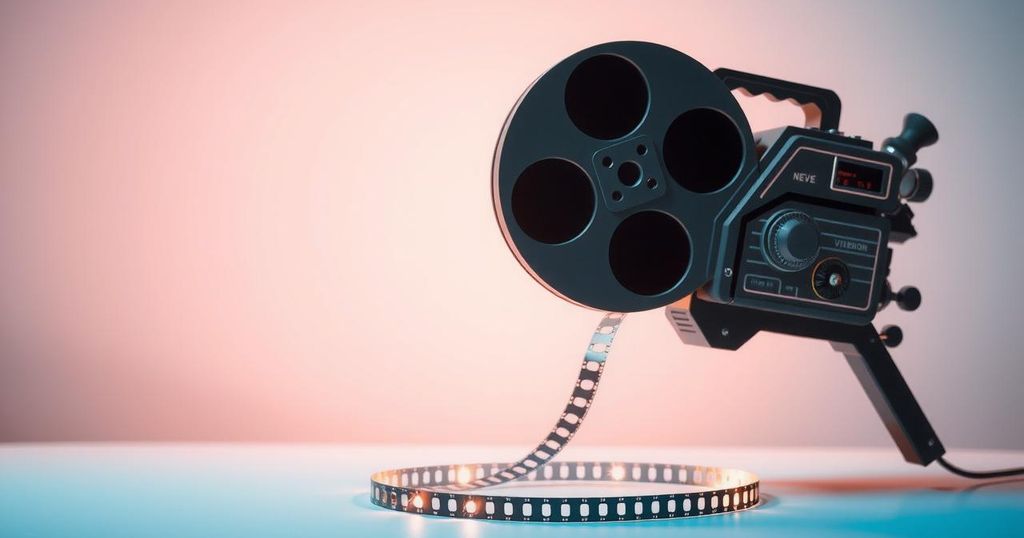Exploring the Costume Design of ‘Agatha All Along’ as Narrative Easter Eggs
In “Agatha All Along,” costume design plays a vital role in enhancing the narrative and character development. The characters’ outfits are carefully crafted to reflect their transformations and symbolize deeper themes. Costume Designer Daniel Selon discusses the intentional evolution of costumes, revealing subtle changes that provide narrative insights and foreshadowing. The series embraces inclusivity through thoughtful representation in its costume choices, creating a delightful visual experience for viewers.
In the world of Marvel, nothing is left to chance, especially when it comes to the intricate details in shows like “Agatha All Along.” Costume choices stand out as significant elements, adding depth and meaning beyond just aesthetics. This fresh season of the “WandaVision” spinoff follows a coven of witches, exploring their challenges through creative costume themes such as disco, wine country, and witch-offs. The costume evolution throughout the series is intentional. As each character faces trials, their outfits subtly change, revealing deeper narratives. For instance, Billy’s hoodie gradually shifts from blue to red, symbolizing his transformation in episode four. As Costume Designer Daniel Selon explained, these alterations serve as carefully planned “seeds” meant to hint at future developments and character arcs. Character transformations carry symbolic weight, illustrated by Plaza’s portrayal of Rio as Death, which contrasts with Locke’s reveal as Billy Maximoff. Through costumes, Selon creates a life cycle; for instance, Rio’s vibrant green attire transforms into a dark, decayed version once she becomes Death, enhancing the show’s themes of transformation and mortality. Chaque character’s costuming is uniquely crafted, with Agatha wearing tailored garments that exude both strength and femininity, teasing her hidden motives. Conversely, Lilia’s designs symbolize wisdom and intuition through a yellow color palette, linking her present to historical roots revealed in episode seven. In episode seven, costume creativity peaked with Agatha donning full-body green paint while her friends transformed into familiar characters like the Evil Queen, Glinda, and Maleficent. Locke’s Maleficent was particularly noteworthy because it challenged traditional gender representation, landing him in a skirt crafted to empower. The costume design team ensured that every choice was intentional and respectful, encouraging the actors to feel powerful in their characters’ skins. According to Selon, working with the cast was a delight, emphasizing their professionalism and enthusiasm for the project, creating a collaborative atmosphere brimming with creativity.
“Agatha All Along” is a Marvel series that expands on the story noted in “WandaVision.” It intricately weaves character development through costume design, where outfits represent personal growth, challenges, and overall themes of the narrative. The costumes serve as crucial storytelling devices that offer hints and foreshadowing for fans to discover, much like hidden Easter eggs throughout the storyline.
Costume design in “Agatha All Along” becomes a pivotal storytelling element, with every outfit thoughtfully crafted to mirror character evolution and thematic depth. The merging of fashion and narrative creates a rich visual tapestry that enhances the viewing experience. Ultimately, the production’s dedication to detailed and intentional costume design allows for an immersive journey into the characters’ arcs.
Original Source: variety.com




Post Comment